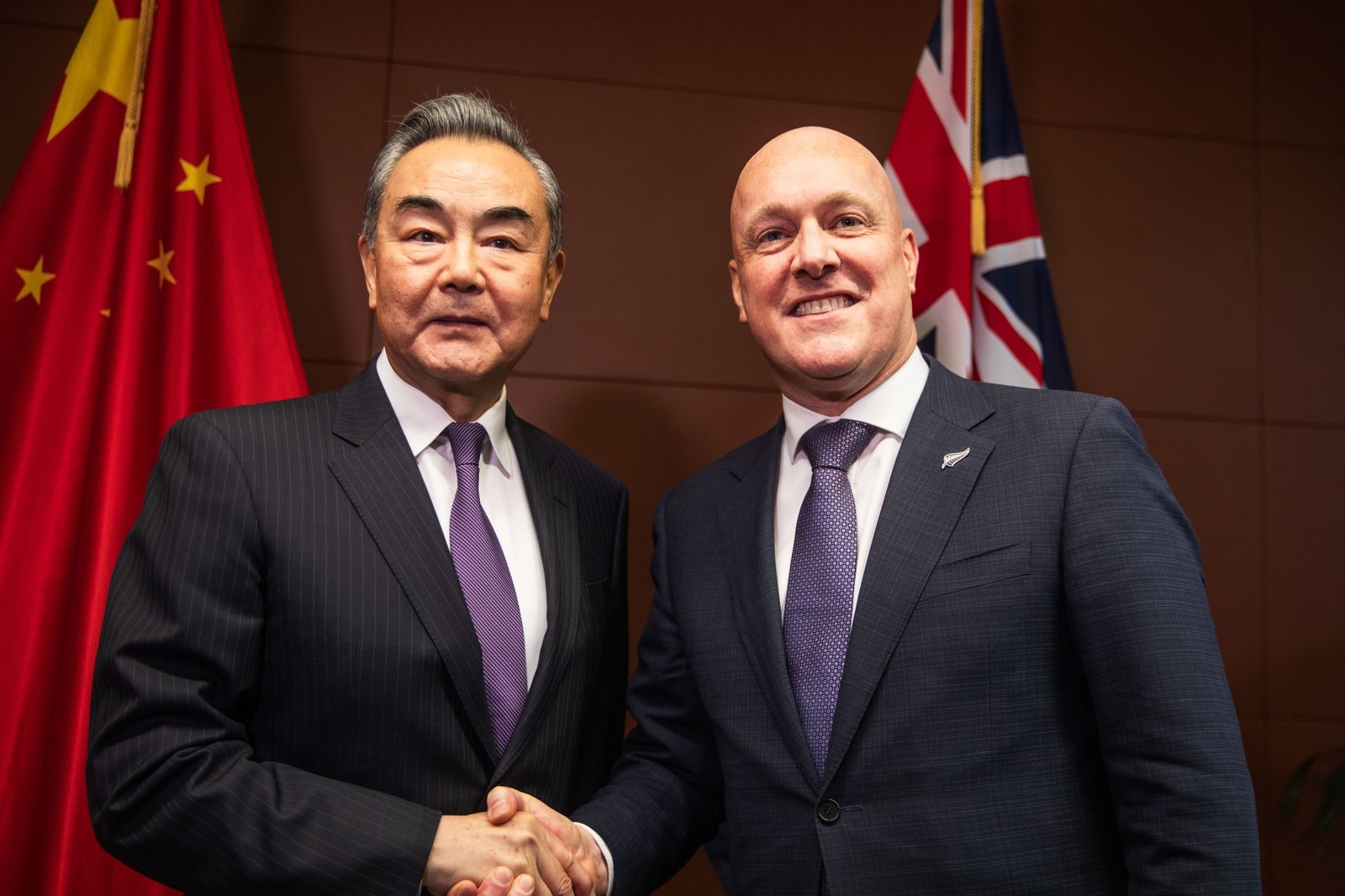According to the Office for National Statistics (ONS) in the UK, the inflation rate experienced a notable decrease of 3.9% in November, marking the lowest level in over two years. This development comes as a significant shift, considering the consistent rise in inflation over the past few years.
The primary contributor to this decline, as highlighted by the British media, is the reduction in average prices of petrol and diesel. The substantial drop in fuel prices has played a crucial role in mitigating overall inflationary pressures, bringing relief to consumers who have been grappling with the economic repercussions of rising prices.
The ONS report suggests that the inflation rate in the UK is now well below the levels witnessed in 2022, signaling a departure from the previous upward trajectory. This shift can be attributed to a variety of factors, including global economic dynamics, supply chain adjustments, and local policy interventions.
The decline in inflation is particularly noteworthy as it bucks the trend observed in recent years, where inflation rates globally experienced an upward surge. The current trend in the UK reflects a departure from the economic challenges posed by inflationary pressures and provides a positive outlook for consumers and businesses alike.
While the decrease in inflation is undoubtedly a positive development, economists and policymakers will closely monitor future trends to understand the sustainability of this shift. Factors such as global commodity prices, supply chain resilience, and domestic economic policies will continue to influence the inflationary landscape in the UK.
This decline in the inflation rate aligns with efforts to stabilize the economy and address concerns raised by citizens. The reduced burden on household budgets due to lower fuel costs contributes to an overall improvement in the cost of living for the population.
As the UK navigates through economic uncertainties, the decline in inflation stands as a pivotal indicator, reflecting the efficacy of market mechanisms and policy interventions in managing economic challenges. The coming months will provide insights into whether this trend is temporary or indicative of a more sustained period of economic stability.



